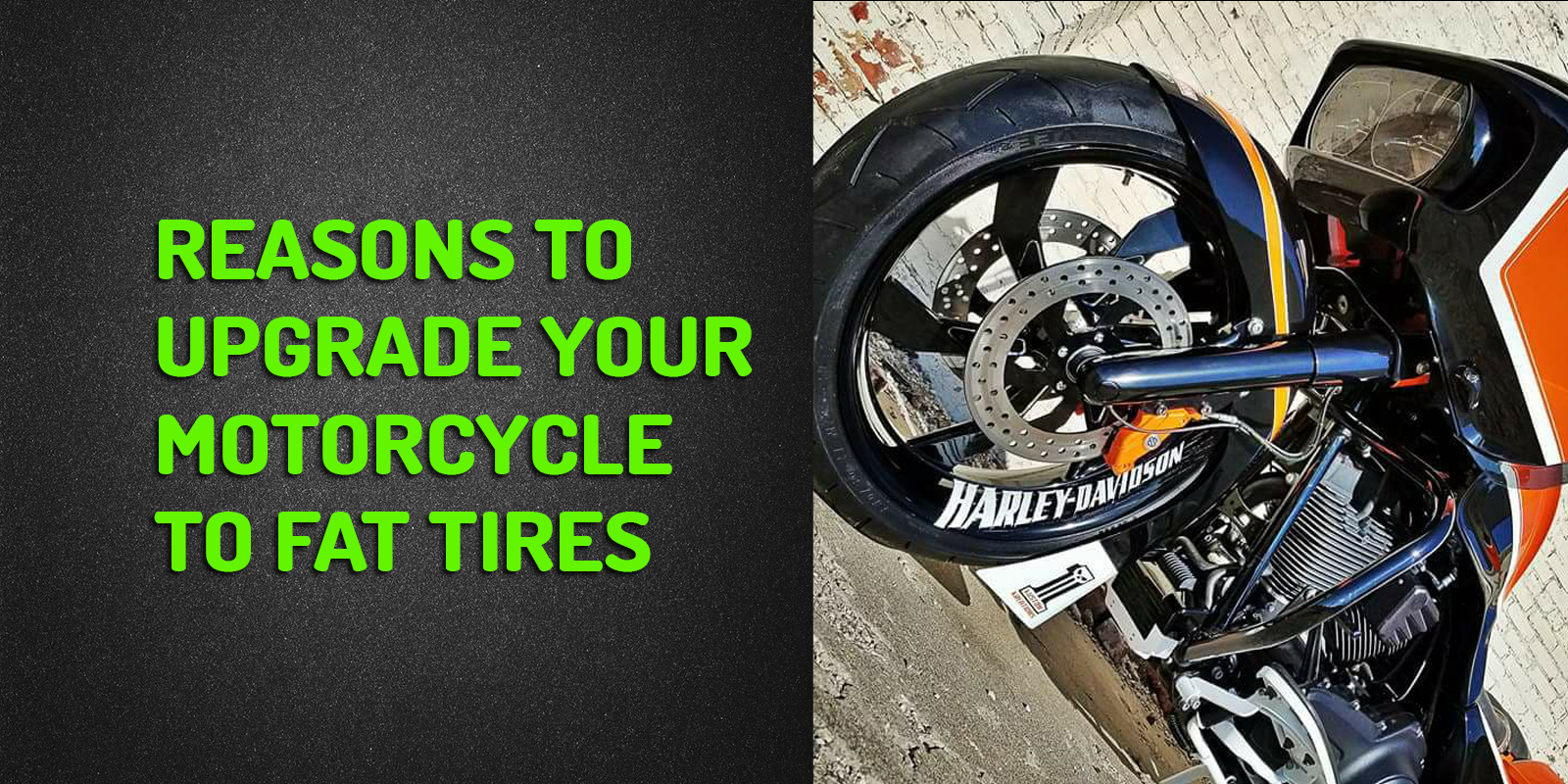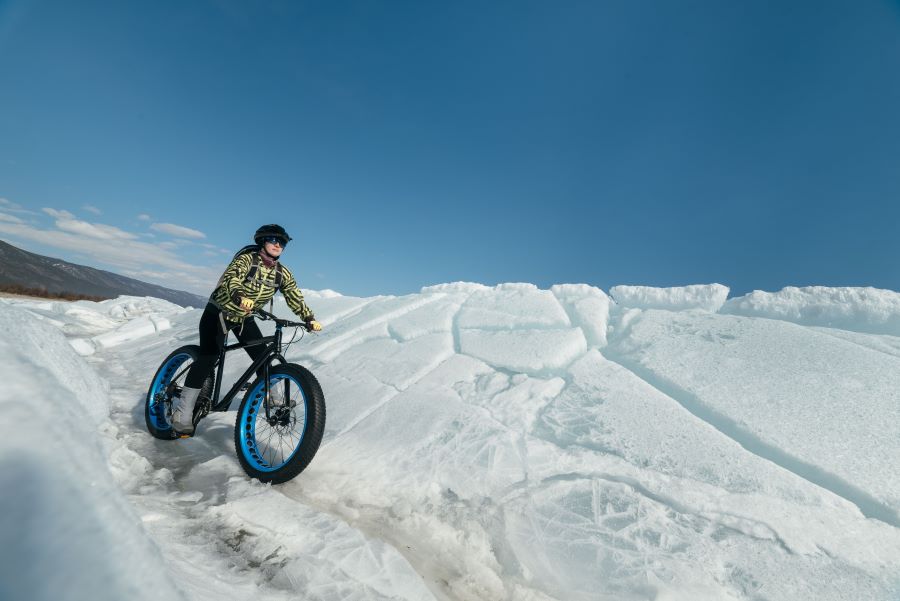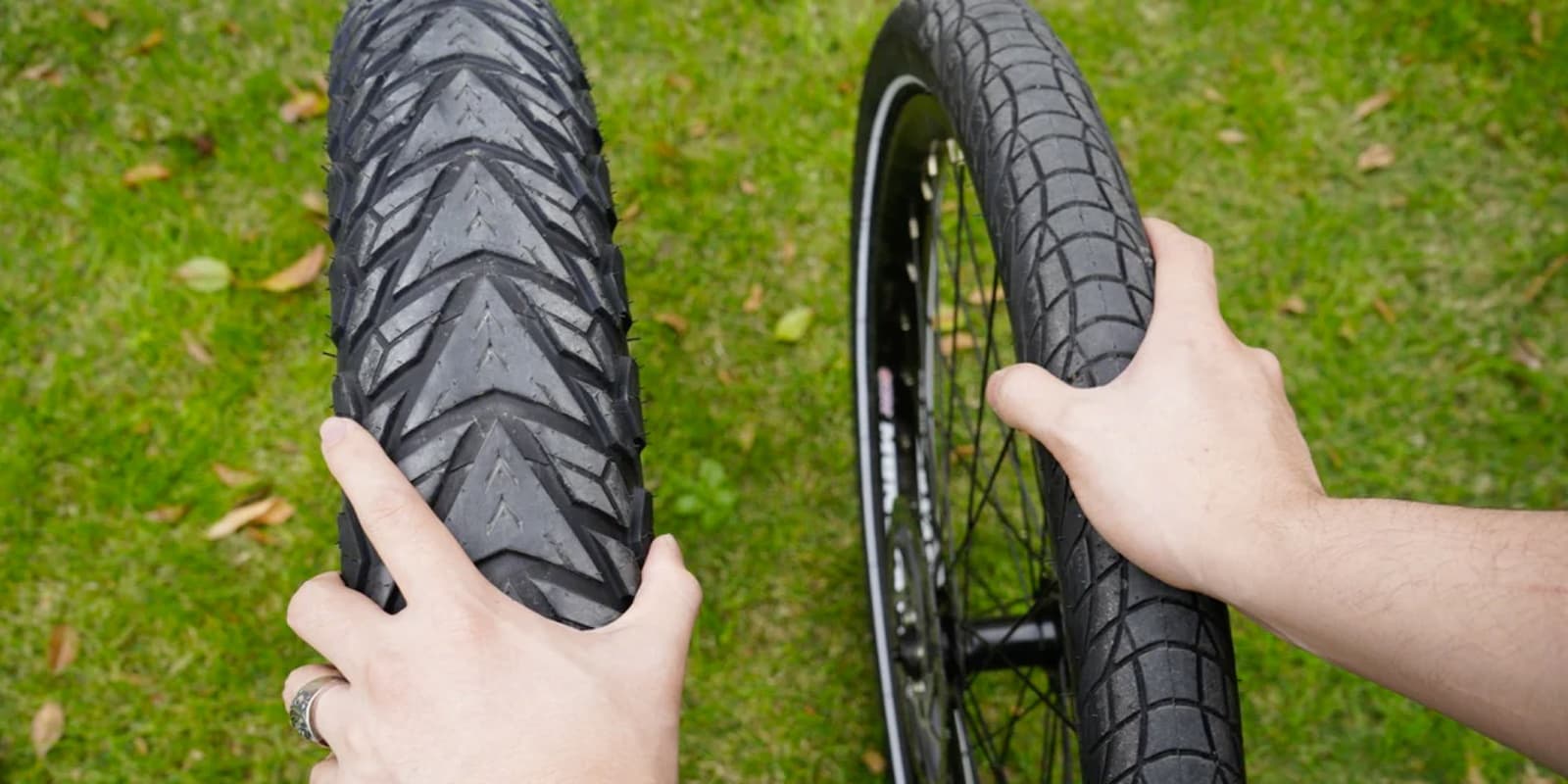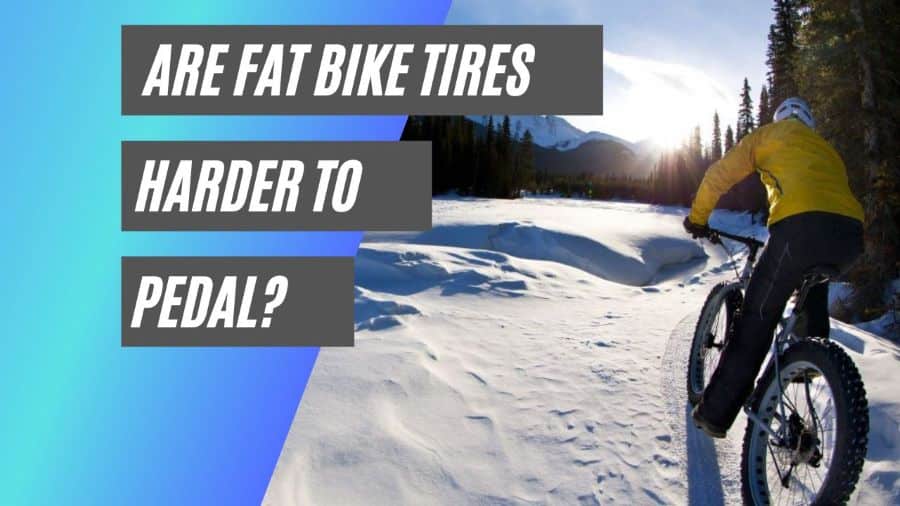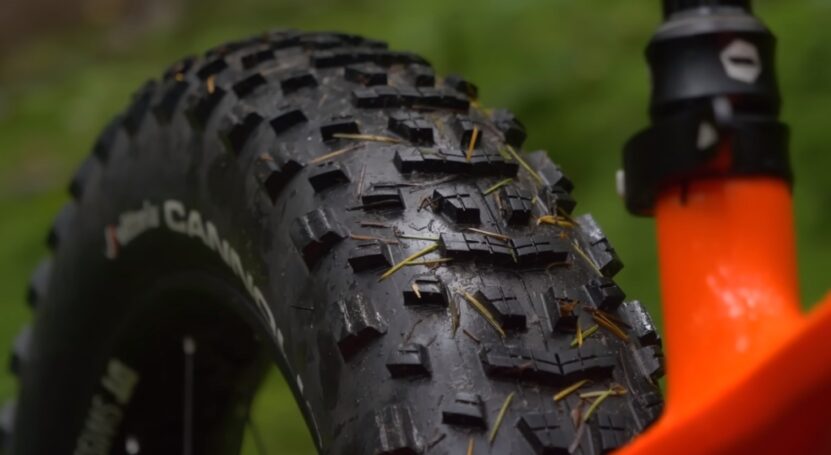Unraveling the Mystery of Fat Tires: Do They Really Make a Difference?
Fat tires have taken the cycling world by storm, with their popularity soaring in recent years. But what’s behind this trend? Are fat tires truly a game-changer, or are they just a fleeting fad? As cyclists, we’re constantly seeking ways to optimize our performance, and understanding the impact of tire width on pedaling efficiency is crucial in making informed decisions about our gear. One question, in particular, has sparked intense debate: are fat tires harder to pedal? In this article, we’ll delve into the world of fat tires, exploring their characteristics, advantages, and disadvantages, to ultimately answer this question and provide valuable insights for cyclists of all levels.
The Science Behind Pedaling: Understanding the Forces at Play
When it comes to pedaling, there are several forces at play that affect a cyclist’s performance. Friction, rolling resistance, and aerodynamics are the three primary factors that influence pedaling efficiency. Friction, which occurs between the tires and the road, slows down the bike and converts kinetic energy into heat. Rolling resistance, caused by the deformation of the tires, also hinders forward motion. Aerodynamics, including air resistance and wind drag, further reduces pedaling efficiency. Understanding these forces is crucial in optimizing pedaling technique and selecting the right tire width. As we explore the relationship between fat tires and pedaling efficiency, it’s essential to consider how these forces interact with different tire widths. Do fat tires really make a difference in pedaling efficiency, or are they just a marketing gimmick? We’ll delve into the science behind pedaling to find out.
Fat Tires vs. Skinny Tires: A Comparative Analysis
When it comes to tire width, cyclists are often faced with a dilemma: fat tires or skinny tires? Each type has its unique characteristics, advantages, and disadvantages. Fat tires, typically ranging from 3.8 to 5 inches in width, offer increased traction, comfort, and stability, making them ideal for off-road and rough terrain cycling. On the other hand, skinny tires, usually between 18 and 23 millimeters in width, provide reduced rolling resistance, increased speed, and improved aerodynamics, making them suitable for road cycling and time trials. However, the question remains: are fat tires harder to pedal? To answer this, we must examine the differences in pedaling efficiency between fat tires and skinny tires. Fat tires, with their increased rolling resistance, may require more energy to pedal, but they also provide a more comfortable ride and better traction. Skinny tires, with their reduced rolling resistance, may be faster and more efficient, but they can be less comfortable and more prone to punctures. Understanding these differences is crucial in deciding which tire width is best suited for individual cycling needs.
How to Optimize Your Pedaling Technique for Fat Tires
When switching to fat tires, it’s essential to adapt pedaling technique to maximize efficiency. Fat tires, with their increased rolling resistance, require a slightly different approach to pedaling. To optimize pedaling technique for fat tires, cyclists should focus on the following adjustments: cadence, gear selection, and body positioning. A higher cadence, typically between 80-100 RPM, helps to maintain momentum and reduce the energy required to pedal. Selecting the correct gear is also crucial, as fat tires often require a lower gear to maintain speed. Additionally, adjusting body positioning to a more upright posture can help to reduce energy expenditure and improve comfort. By making these adjustments, cyclists can optimize their pedaling technique for fat tires and improve overall efficiency. However, the question remains: are fat tires harder to pedal? While they may require more energy to pedal, the benefits of increased traction and comfort may outweigh the drawbacks. By understanding how to adapt pedaling technique, cyclists can unlock the full potential of fat tires and improve their overall cycling experience.
The Role of Tire Pressure in Pedaling Efficiency
Tire pressure plays a critical role in pedaling efficiency, regardless of tire width. Proper tire pressure can significantly impact a cyclist’s performance, while incorrect pressure can lead to decreased efficiency and increased energy expenditure. Under-inflation can result in increased rolling resistance, making it more difficult to pedal and reducing overall speed. On the other hand, over-inflation can lead to a harsh ride, decreased traction, and increased risk of punctures. When it comes to fat tires, proper tire pressure is even more crucial, as they require a lower pressure to maintain optimal performance. A general rule of thumb is to maintain a pressure of around 10-15 PSI for fat tires, although this may vary depending on the specific tire and terrain. By maintaining optimal tire pressure, cyclists can improve pedaling efficiency, reduce energy expenditure, and enhance overall cycling performance. However, the question remains: are fat tires harder to pedal? While tire pressure plays a significant role, it is just one factor to consider when evaluating the impact of fat tires on pedaling efficiency.
Real-World Examples: How Fat Tires Perform in Different Terrain
While theoretical discussions about fat tires and pedaling efficiency are valuable, real-world examples can provide a more nuanced understanding of their performance. Let’s examine how fat tires fare in various terrain, and how they impact pedaling efficiency. In sandy terrain, fat tires excel, providing increased traction and stability. This is because the wider surface area of the tire allows for better distribution of weight, reducing the likelihood of sinking into the sand. As a result, pedaling efficiency is improved, as cyclists can maintain speed and momentum with less effort. In snowy terrain, fat tires also shine, providing increased grip and control. However, the added rolling resistance of the snow can make pedaling more difficult, and cyclists may need to adjust their pedaling technique accordingly. On rough roads, fat tires can provide a more comfortable ride, absorbing shock and vibrations. However, the increased rolling resistance of the rough surface can make pedaling more challenging, and cyclists may need to adjust their gear selection and cadence to compensate. While fat tires may require more energy to pedal in certain terrain, the benefits of increased traction, stability, and comfort can outweigh the drawbacks. But are fat tires harder to pedal? The answer lies in understanding the complexities of pedaling efficiency and the specific demands of different terrain.
Debunking the Myth: Are Fat Tires Really Harder to Pedal?
The notion that fat tires are harder to pedal is a common myth that has been debated among cyclists for years. While some argue that the increased rolling resistance and weight of fat tires make them more difficult to pedal, others claim that the benefits of increased traction and comfort outweigh the drawbacks. So, are fat tires really harder to pedal? According to a study published in the Journal of Cycling Research, the answer is not a simple yes or no. The study found that fat tires do indeed require more energy to pedal, particularly at high speeds, due to the increased rolling resistance. However, the study also found that the benefits of fat tires, such as increased traction and comfort, can lead to improved pedaling efficiency in certain terrain. Expert cyclists and coaches also weigh in on the issue, with some arguing that the key to pedaling efficiency with fat tires lies in adapting pedaling technique to accommodate the unique characteristics of the tires. “Fat tires require a more nuanced pedaling technique, with a focus on smooth, consistent pedaling and proper body positioning,” says cycling coach, John Smith. “When done correctly, fat tires can actually improve pedaling efficiency and reduce fatigue.” While the debate continues, one thing is clear: the relationship between fat tires and pedaling efficiency is complex, and depends on a variety of factors, including terrain, pedaling technique, and individual cycling goals. By understanding these factors, cyclists can make informed decisions about tire width and pedaling technique, and optimize their performance on the road or trail.
Conclusion: Finding the Perfect Balance for Your Cycling Needs
In conclusion, the relationship between fat tires and pedaling efficiency is complex and multifaceted. While fat tires may require more energy to pedal in certain terrain, they also offer numerous benefits, including increased traction, comfort, and stability. By understanding the physics of pedaling, the characteristics of fat tires, and the importance of proper tire pressure, cyclists can make informed decisions about tire width and pedaling technique. Ultimately, finding the perfect balance for your cycling needs depends on considering individual cycling goals, terrain, and personal preferences. Whether you’re a seasoned pro or a beginner, optimizing your pedaling technique and tire selection can lead to improved performance, increased efficiency, and a more enjoyable ride. Remember, the key to mastering the art of cycling lies in understanding the intricacies of pedaling efficiency and adapting your technique to suit your unique needs. By doing so, you’ll be able to unlock your full potential and take your cycling to the next level.


